Say Yes to Unicorns
What a wondrous and rare creature is the unicorn — and of course sadly nonexistent. But that hasn't stopped the single-horned equine of myth to prance its way into centuries of art, acting as graceful spirit strutting through the forest or a captured creature representing everything from the entrapm
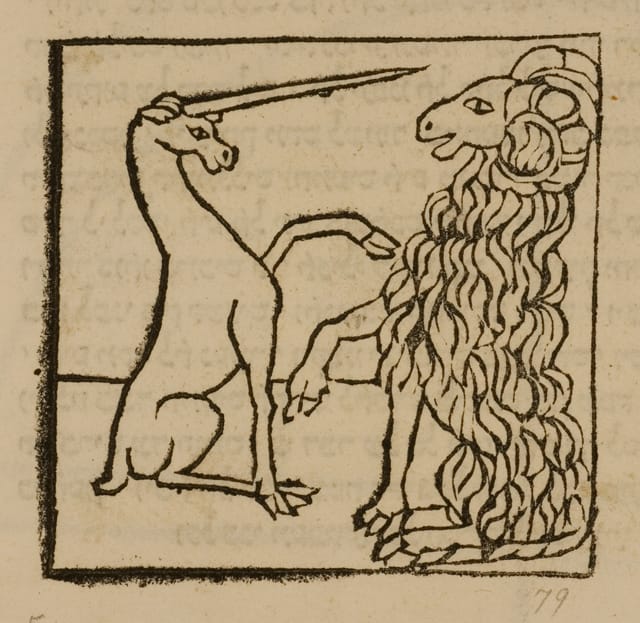
What a wondrous and rare creature is the unicorn — and of course sadly nonexistent. But that hasn’t stopped the single-horned equine of myth to prance its way into centuries of art, acting as graceful spirit strutting through the forest or a captured creature representing everything from the entrapment of alluring women to the crucifixion of Christ. And it’s also been the central beast at the Metropolitan Museum’s medieval branch, the Cloisters, which is this year celebrating its 75th anniversary.
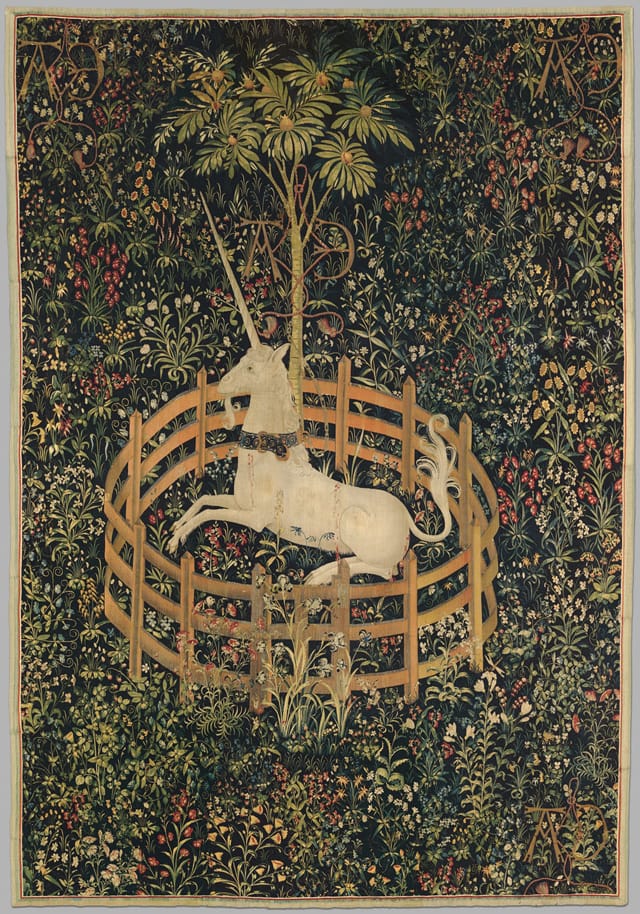
Search for the Unicorn, An Exhibition in Honor of The Cloisters’ 75th Anniversary is a full-on unicorn celebration inspired by the 15th century “The Unicorn Tapestries” that have been with the medieval art museum from the beginning, part of the donation of much of the museum’s content by John D. Rockefeller in 1938. The most iconic, with the unicorn resting among a towering sprawl of flowers with a collar around its neck attached to a pomegranate tree, the juice of consumed fruit dribbled on its white fur, is the central work in the one-room exhibition. However, the 40 objects and art on display span several centuries and come from around the world, from a Persian manuscript from the 14th century, to a Polish Torah Crown from the 18th century, to a German parade sattle from the 15th century carved from bone.

I visited the Cloisters on a recent boiling summer day to try to escape the heat in its stone abbey architecture, as it’s something of a rare breed of the middle ages in this city, as unexpected, perhaps, as a unicorn. Okay, that would probably be going too far, but the Metropolitan Museum of Art branch is a step into another time and place with its perch at the top of Manhattan among the foliage of Fort Tryon Park overlooking the Hudson River, and after spending some time with the unicorn art I did get something of the enduring fascination with the cryptozoological animal.
No other animal looks quite as stately with that towering horn, even the poor narwhal from which many of those horns were sliced and kept in wunderkammers and even churches as relics of the divine. Part of the religious reason is that the unicorn seems to get trapped and killed as much as it gets to flit through the forests, sometimes as a stand in for a martyred Christ. That central unicorn tapestry in the exhibition can be seen devolving into an escape and a brutal hunt, where a maiden lures the unicorn to her while its juice stains have been replaced by blood (there’s something about maidens that unicorns just can’t seem to resist), and is stabbed to death by hunters.
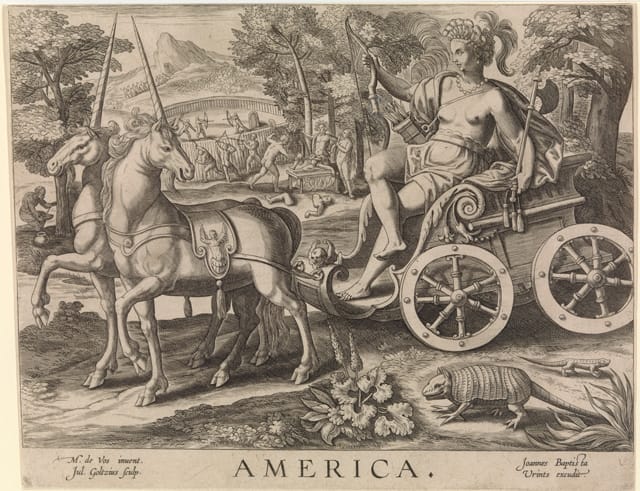
One downside of the exhibition is that it really lacks a central narrative. Aside from being the same creature, why does this animal that never existed show up in both Jewish and Christian literature and art from the far reaches of the West and East? How did the idea that it can do such wonders as purify water or cure diseases with its horn come about? The exhibition is really just a skimming of the surface of unicorn lore, but it’s an interesting look at just how long we’ve been enamored with this fanciful animal, even if it just too often comes to an imagined imprisonment and death at our hands.
Here are some more images from Search for the Unicorn:

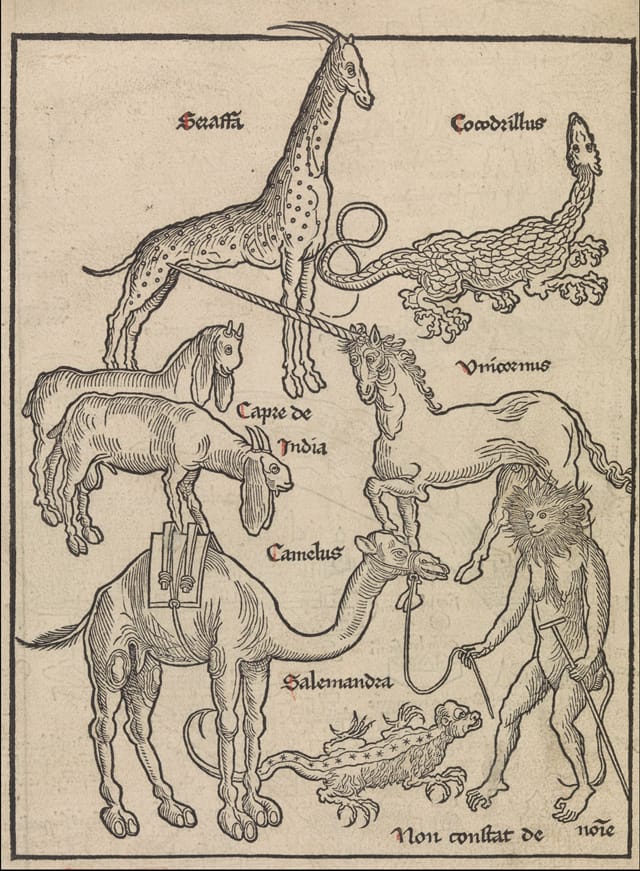
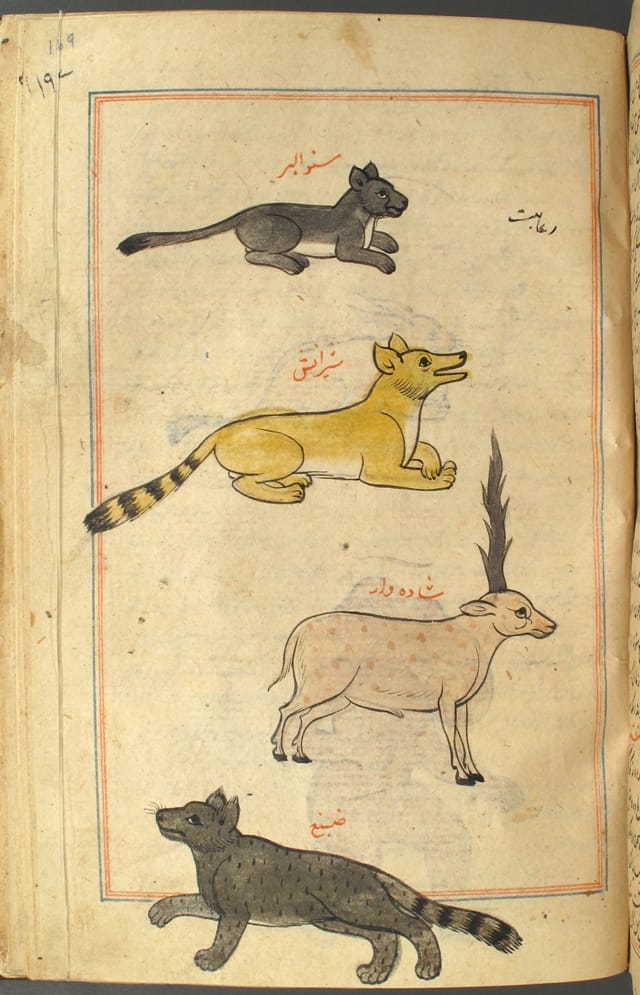
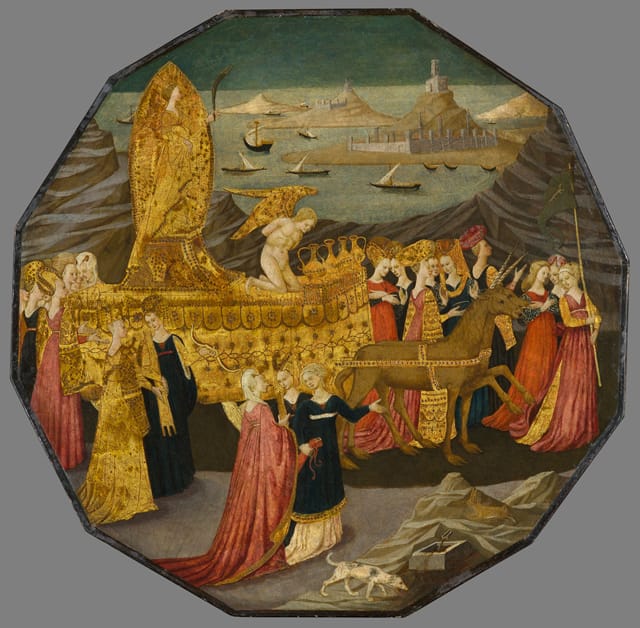
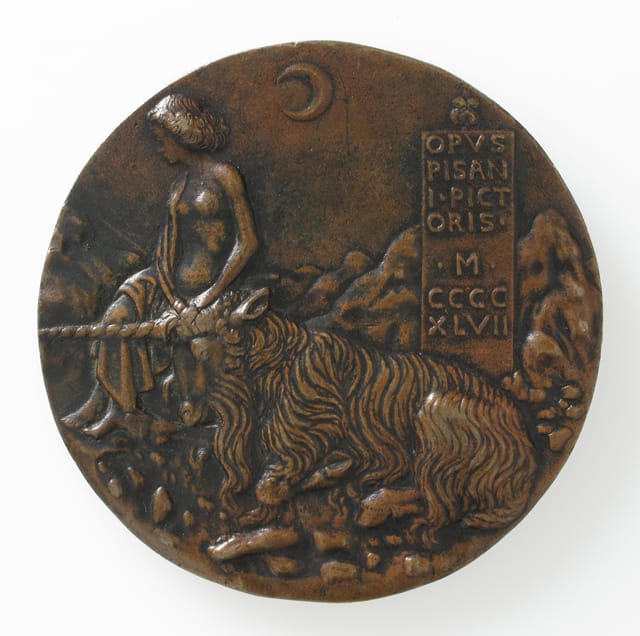
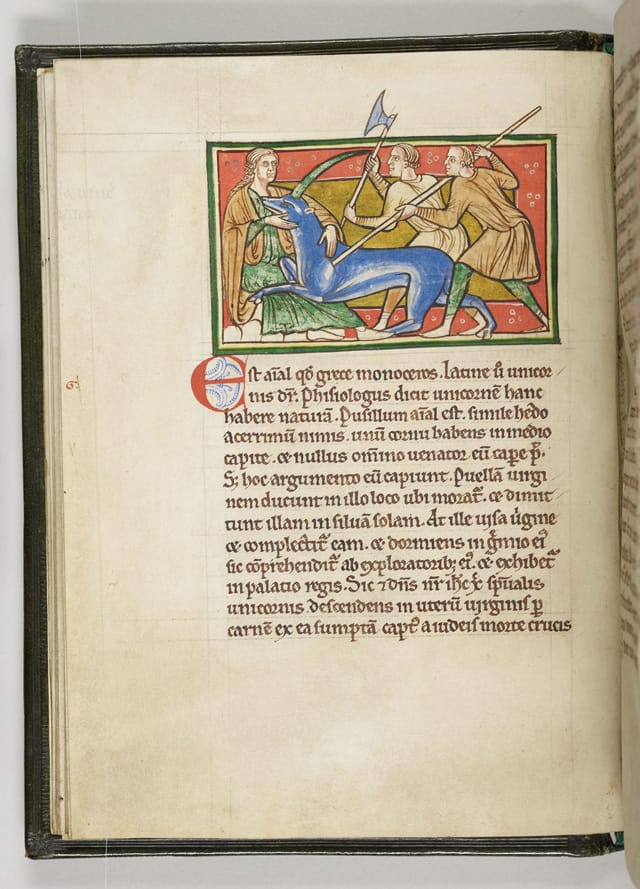
Search for the Unicorn, An Exhibition in Honor of The Cloisters’ 75th Anniversary is at the Cloisters (99 Margaret Corbin Drive, Fort Tryon Park, Washington Heights) through August 18.





